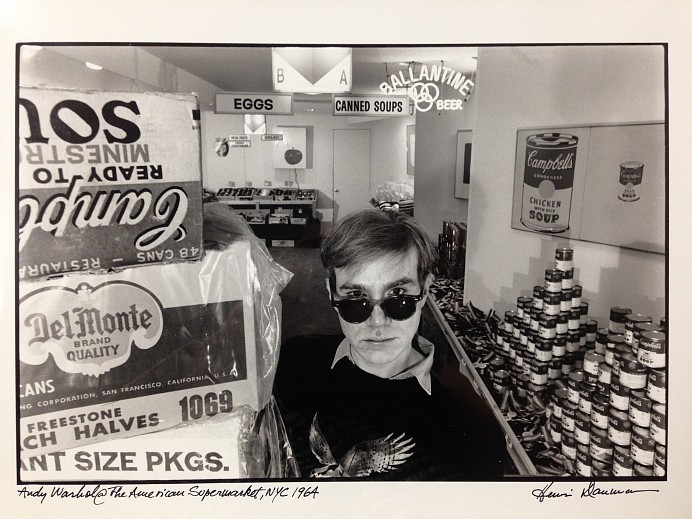In July of 1962, at the Ferus Gallery in Los Angeles, Andy Warhol (American, 1928-1987) exhibited his now-iconic Campbell's Soup Cans. The work's 32 canvases, each one featuring a variety of the company's 32 soups, were lined up in a single row on a ledge that wrapped around the gallery. "Cans sit on shelves," the gallery director, Irving Blum, later said of the installation. "Why not?" The paintings marked a breakthrough for Warhol, who had previously worked as a commercial illustrator: they were among his first works based on consumer goods, and among the first to embrace serial repetition. Although he hand-painted each canvas, they were made to seem mechanically produced.
By 1971, New York Magazine had dubbed Warhol "the Zeitgeist incarnate," declaring, "The images he leaves will be the permanent record of America in the sixties." He had launched his own magazine, Interview, in 1969, and in the years that followed he circulated in the world of celebrity he had long represented in his art. In the 1980s, he returned to painting works.
Since his death in 1987, Warhol's stature has only grown, as the influence of his work - in its merging of pop culture and fine art, its exploitation of the serial logic of the print, and his own canny media manipulation and self-fashioning - continues to reverberate.
- excerpt from Museum of Modern Art, New York |
|

